Istanbul
Istanbul manages to merge its vast ancient past and hectic modern mega-city buzz with an aplomb not managed by many other cities
Art and architecture
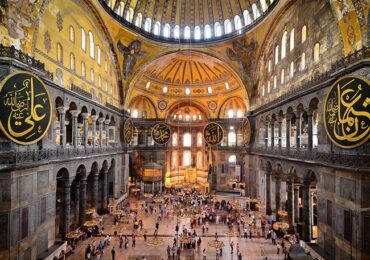
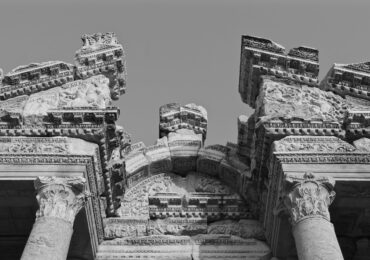
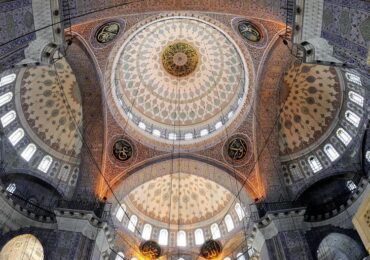 For many people, foreigners and Turks alike, ‘modern Turkish art and architecture’ is nothing more than a lamentable story of progressive decline from the past glory of their classical Ottoman counterparts. It is still the mosques, costumes and calligraphy of the Ottoman Empire that often represents Turkey in major international exhibitions and cultural events, and continues to define what most people consider to be the country’s ‘national heritage’. More recently, however, partly triggered by the country’s rekindled prospects of joining the EU, there is a growing recognition that the country’s claims to ‘modernity’ will ring hollow without a parallel display of modern cultural production. Events like the 2004 opening of the country’s first modern art museum, the Istanbul Modern, or the hosting of the 2006 International DoCoMoMo (Documentation and Conservation of the Modern Movement in Architecture) Conference in Turkey, are, without doubt, significant ‘firsts’. Yet any broader public awareness and appreciation of Republican modernist heritage is still very minimal at best. Most of the time, the works themselves are threatened with neglect and oblivion, if not outright destruction.
For many people, foreigners and Turks alike, ‘modern Turkish art and architecture’ is nothing more than a lamentable story of progressive decline from the past glory of their classical Ottoman counterparts. It is still the mosques, costumes and calligraphy of the Ottoman Empire that often represents Turkey in major international exhibitions and cultural events, and continues to define what most people consider to be the country’s ‘national heritage’. More recently, however, partly triggered by the country’s rekindled prospects of joining the EU, there is a growing recognition that the country’s claims to ‘modernity’ will ring hollow without a parallel display of modern cultural production. Events like the 2004 opening of the country’s first modern art museum, the Istanbul Modern, or the hosting of the 2006 International DoCoMoMo (Documentation and Conservation of the Modern Movement in Architecture) Conference in Turkey, are, without doubt, significant ‘firsts’. Yet any broader public awareness and appreciation of Republican modernist heritage is still very minimal at best. Most of the time, the works themselves are threatened with neglect and oblivion, if not outright destruction.
The aesthetic merits of modern Turkish art and architecture are matters of ongoing academic debate. What is beyond dispute, however, is that Turkish modernism deserves attention for reasons beyond the more traditional and autonomous disciplinary concerns of art and architecture (such as stylistic, aesthetic, technical and preservationist concerns). Although these are by no means unimportant, it is far more provocative to look at Turkish modernism as a compelling example of how paintings, artwork, buildings, projects and urban spaces are as much the active means by which modern national identities are produced and reproduced as they are formal/stylistic reflections of these historical experiences.
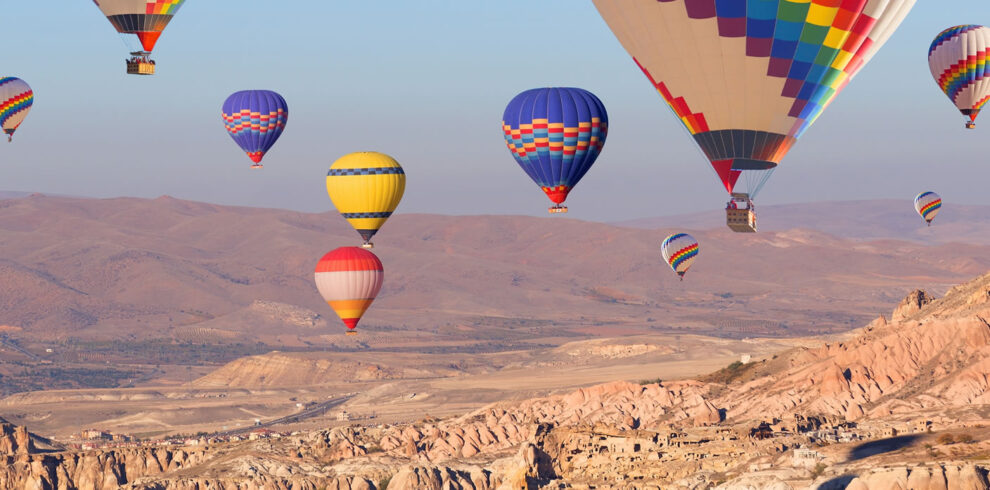
- Jan
- Feb
- Mar
- Apr
- May
- Jun
- Jul
- Aug
- Sep
- Oct
- Nov
- Dec
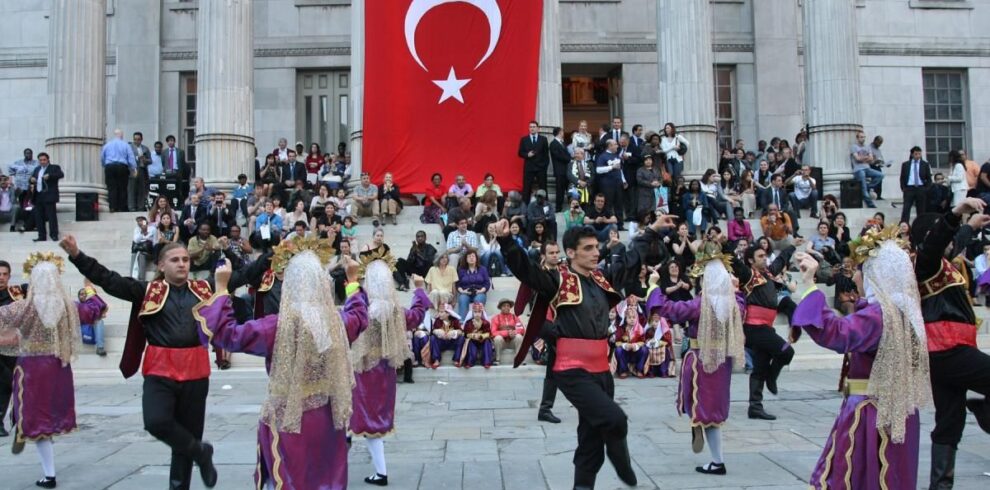
- Jan
- Feb
- Mar
- Apr
- May
- Jun
- Jul
- Aug
- Sep
- Oct
- Nov
- Dec
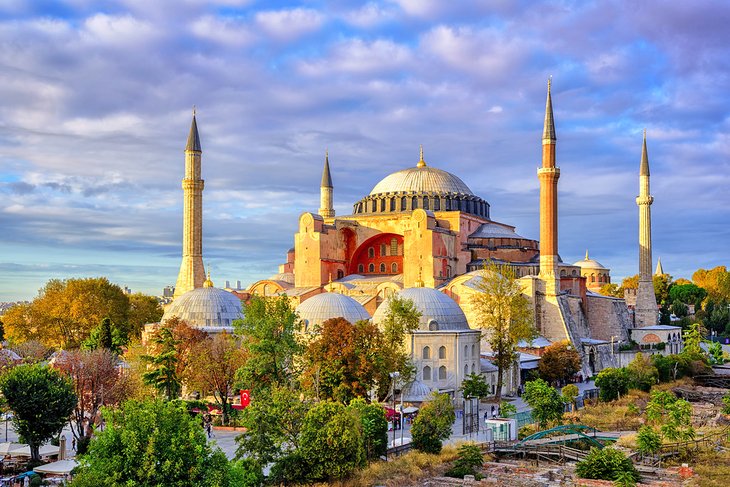
- Jan
- Feb
- Mar
- Apr
- May
- Jun
- Jul
- Aug
- Sep
- Oct
- Nov
- Dec
Culture and History
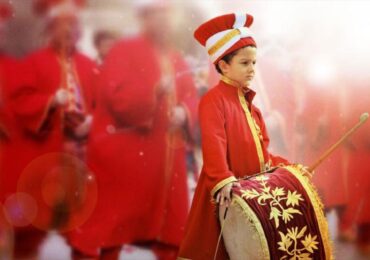
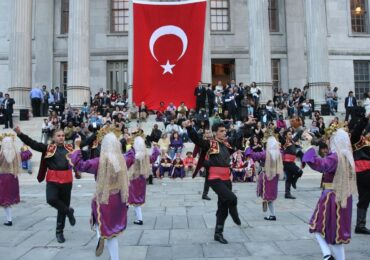
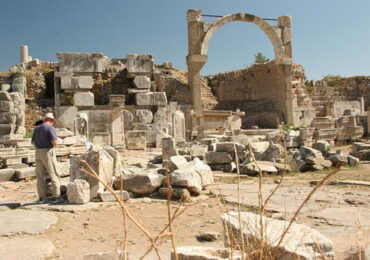
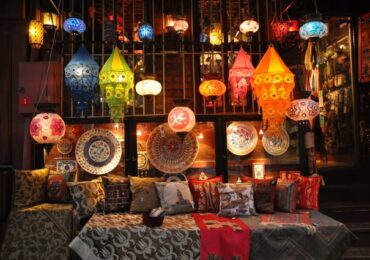
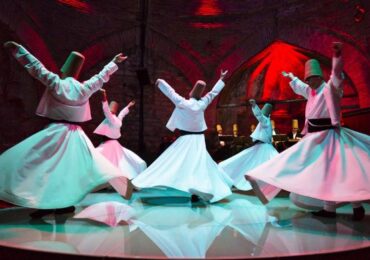
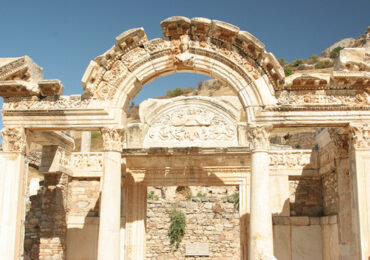
Turks are allies in the Western Alliance and they have been using the Western script since 1928. Tte question of whether a Turk is a European has become an obsolete question since 1949 by their membership to the Council of Europe. They are a member of NATO and other Western organizations, such as OECD.Turkey has also applied to become a permanent member of the EEC, hoping to take her rightful part in this organization as well. All these factors set modern state apart from her muslim neighbours. In this symposium the westernization of the country as a consequence of cultural and social changes caused by different events in It’s history is studied within an historical perspective. It is believed that the Turkish experience can provide valuable insight to the problem of cultural change rendering generalizations which might be of help to other developing countries. Whether you are intrested in learning more about the history of Turkey – the art, mythology, archaology and the architecture – or wanting to explore the cities and experience local village life, or to sample the exotic tastes of the region, or just to be able to lie back in a deck chair and watch the blue waters of the Mediterranean float by – you will find it in there with pictures of cities, village life, custoums, traditions in there , pictures of Istanbul, learning more about the history of Turkey, the art, mythology, archaology and the architecture or wanting to explore the cities and experience local village life
The culture of Turkey (Turkish: Türkiye Kültürü) combines a heavily diverse and heterogeneous set of elements that have been derived from the various cultures of the Eastern Mediterranean, Western Asia, Central Asia, Middle East, with Eastern European and Caucasian traditions. Many of these traditions were initially brought together by the Ottoman Empire, a multi-ethnic and multi-religious state.

- Jan
- Feb
- Mar
- Apr
- May
- Jun
- Jul
- Aug
- Sep
- Oct
- Nov
- Dec

- Jan
- Feb
- Mar
- Apr
- May
- Jun
- Jul
- Aug
- Sep
- Oct
- Nov
- Dec

- Jan
- Feb
- Mar
- Apr
- May
- Jun
- Jul
- Aug
- Sep
- Oct
- Nov
- Dec
Landscapes and nature
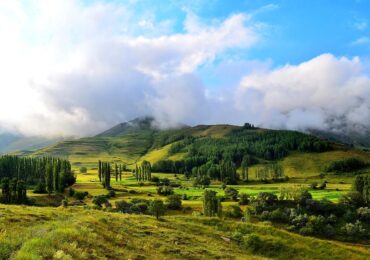
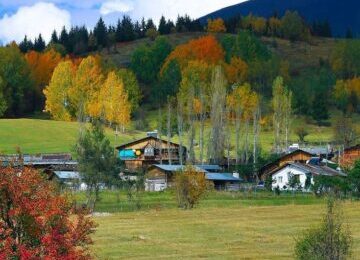
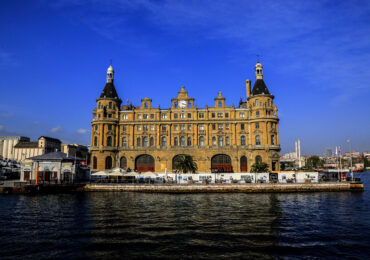
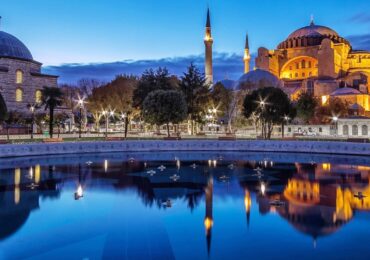
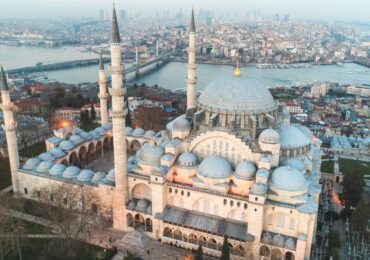
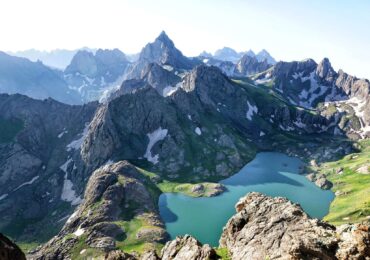
Nature
More than 10,000 species of plants exist in Turkey, with 20% of them being endemic. This plant life makes up various habitats including forests, mountains, wetlands, as well as coastal and marine ecosystems. In order to protect such unique diversity, 39 national parks have been established since 1958. The Köprülü Canyon National Park is example of the unique nature found in Turkey. This national park hosts cupressus sempervirens forests, natural forests with this type of tree occur nowhere else in the world.
There are a further 32 designated national reserves. Reserves are generally smaller than national parks allowing them to be enclosed easier, thus leading to more effective protection. Since 1990, the government has created 19 Special Areas of Environmental Protection. These areas have been designated in order to prevent tourism and construction damaging natural landscapes.
Smaller enclosed zones have been created in order to protect rare animal species that face extinction. The goal is that animals will be preserved then will be able to breed. If breeding is successful, then there is hope that they can be released into the wild. There are 40 such regions throughout Turkey.
Wildlife
Turkey is one of thirty-four of the world’s biodiversity hotspots due to the incredibly diverse flora and fauna found throughout the country. The number of animal species in Europe numbers around 60,000, while in Turkey, they number over 80,000. Of this 80,000 there are approximately 114 mammal species. The most common mammals in Turkey belong to the rodent family, however, the country still houses larger species like the striped hyena, the brown bear, the grey wolf, the caracal (a medium-sized cat known for its black ears) and the Eurasian lynx. Species like cheetahs, lions and tigers once lived in the country but are now locally extinct.
In addition to mammals, there are 150 species of amphibians and reptiles including the loggerhead turtle who finds refuge along the Aegean and Mediterranean coasts. Many successful conservation efforts have been put in place to protect this endangered creature.
Some 400 species of indigenous or migratory birds live in Turkey, some of which are extinct in Europe like the Black Vulture. Due to its unique location connecting Europe and Asia, Turkey is situated on an interesting migratory plan. In spring, migratory birds fly northwards from Africa to Asia and Europe, and in autumn, they leave their breeding grounds to fly south to Africa again.
One of the most incredible flight migrations in the world happens in Turkey, the flight of storks down the Bosphorus (Istanbul Strait). More than a quarter million storks fly above the city over a period of a few weeks.

- Jan
- Feb
- Mar
- Apr
- May
- Jun
- Jul
- Aug
- Sep
- Oct
- Nov
- Dec

- Jan
- Feb
- Mar
- Apr
- May
- Jun
- Jul
- Aug
- Sep
- Oct
- Nov
- Dec

- Jan
- Feb
- Mar
- Apr
- May
- Jun
- Jul
- Aug
- Sep
- Oct
- Nov
- Dec
Museum and Gallery
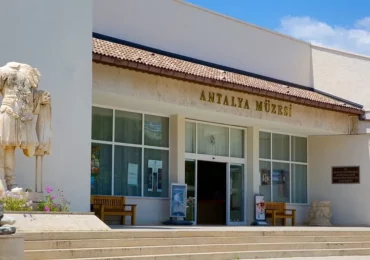
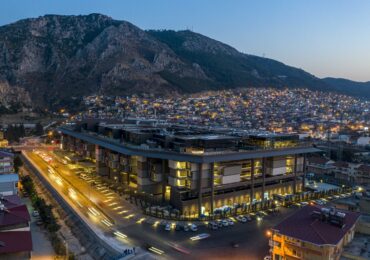
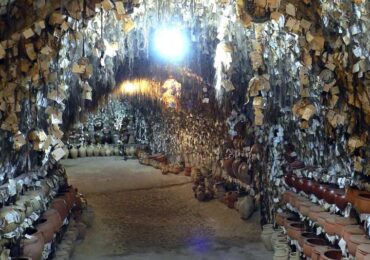
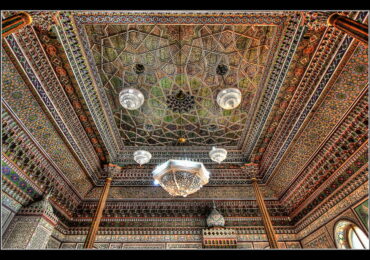
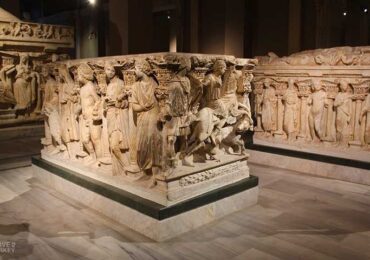
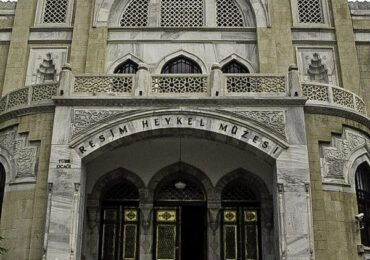
Following the proclamation of the Republic, Turkish museums developed considerably, mainly due to the importance Atatürk had attached to the research and exhibition of artifacts of Anatolia. When the Republic of Turkey was proclaimed, there were only the İstanbul Archaeology Museum called the “Asar-ı Atika Müzesi”, the Istanbul Military Museum housed in the St. Irene Church, the Islamic Museum in the Suleymaniye Complex in Istanbul and the smaller museums of the Ottoman Empire Museum in a few large cities of Anatolia.
Famous Museums in Turkey Some museums get more attractions than others in Turkey. Especially the museums in Istanbul, such as Hagia Sophia Museum, Topkapı Museum, Chora Church Museum and The Museum of Turkish and Islamic Arts together getting millions of visitors each year.

- Jan
- Feb
- Mar
- Apr
- May
- Jun
- Jul
- Aug
- Sep
- Oct
- Nov
- Dec

- Jan
- Feb
- Mar
- Apr
- May
- Jun
- Jul
- Aug
- Sep
- Oct
- Nov
- Dec

- Jan
- Feb
- Mar
- Apr
- May
- Jun
- Jul
- Aug
- Sep
- Oct
- Nov
- Dec
